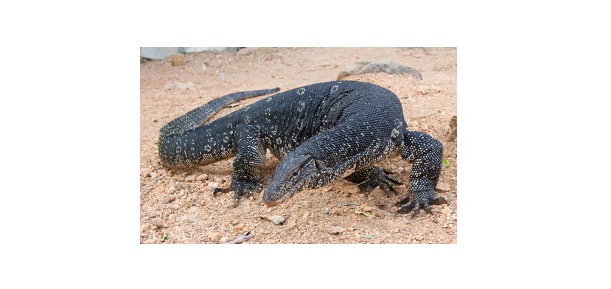Table of Contents
Boar Definition
Boar are omnivores mammals belonging to the genus Sus and Order Artiodactyla. They can be found in habitats like wooded forests, marshlands, shrublands, and grassy savannas. This genus includes both the wild and domesticated boars. Wild boars are found in North Africa and Eurasia. They have been also introduced to Oceania and America.
What is Boar?
These widest-ranging mammals are ancestors of the pig. They have a characteristic large snout ending in a blunt end and have large ears and small eyes. They have a thick coat of short hairs and some wild species also do spot a mane on the neck and back. Males have larger tusks emerging from the sides of the mouth than females. Boar usually are brown or black and weigh up to 100kgs.
Boar Social Structure, Mating, and Reproduction
Wild boars rest in nests during the daytime as they are nocturnal. Males only socialize during the breeding season and are otherwise solitary. The males compete for mating with females within their territory. Sows are females that try to form groups known as sounders that comprise breeding females and their offspring.
This group can range between 5-30 individuals. After 4 months of pregnancy, the sow gives birth to 4 to 6 piglets. The piglets after 2 months start making their own forays. After 7 months they become independent and boars become sexually mature after about 2 years. While sows attain reproductive maturity when they are 1 year old.
Boar Diet
Boars are omnivorous and are not specific in their diet. Wild boars will search for nuts, fruits, etc. They also feed on the roots of trees and plants and in this process will dislodge them from the soil. They may even prey on insects and small mammals, or sometimes even larger ones like lambs and calves. While domestic boars usually live on their specific feed that is prepared by mixing grains, distiller water, and vegetables.
Boar Domestication
From genetic and phylogenetic studies it can be ascertained that wild boar originated from Southeast Asian islands and later dispersed to North Africa and Eurasia. The earliest tusk and tooth fossil dates to the Early Pleistocene. Boars were hunted earlier but were later domesticated.
Around 15,000 years ago the domestication of boars began. Evidence of domestication has been found in Cyprus dating to 13,000 years back, while in China it was independently started some 8,000 years ago. Domestic boars are the descendants of wild Eurasian ancestors and are their sub-species.
The wild bear is the ancestor of all pig breeds except domestic pigs in Papua New Guinea and Timor. There are some differences between wild and domesticated boar based on their weight distributions in their limbs and tusks.
Boar is a Invasive Species
The feeding method of boars impacts ecosystems as they uproot trees while rummaging for insects. This disruption can negatively affect habitats that haven’t been adapted to disruption as in areas where they have been introduced. For example, in Hawaii, they have been categorized as pests as they threatened the endemic island ecosystem.
In their native habitats, the population of wild boar has been decreasing due to human interventions, over-hunting, and habitat destruction.
Wild vs Feral Boar
Wild animals refer to organisms that have not been domesticated yet and are present in the wild. Feral animals were domestic animals that were released or have escaped into the wild. The terms wild and feral mean different even though they are similar concepts. It is difficult to sort boars into one category as there have been hybrid crosses. The recent wild ancestor of boar is Sus barbatus.







